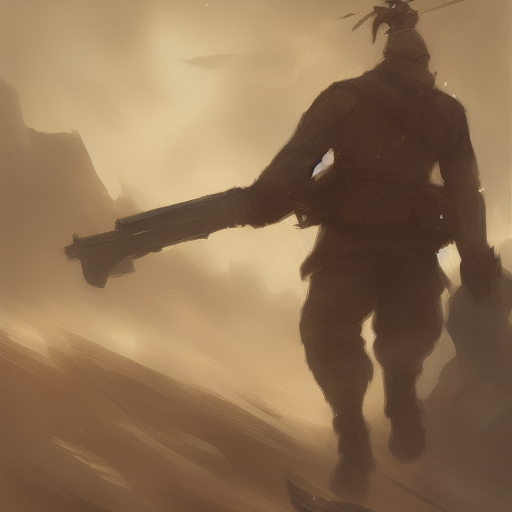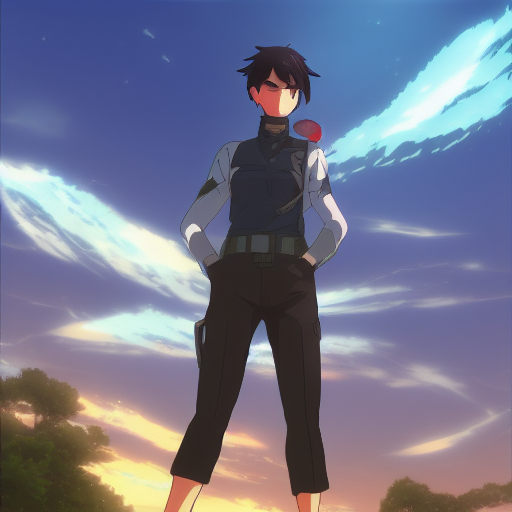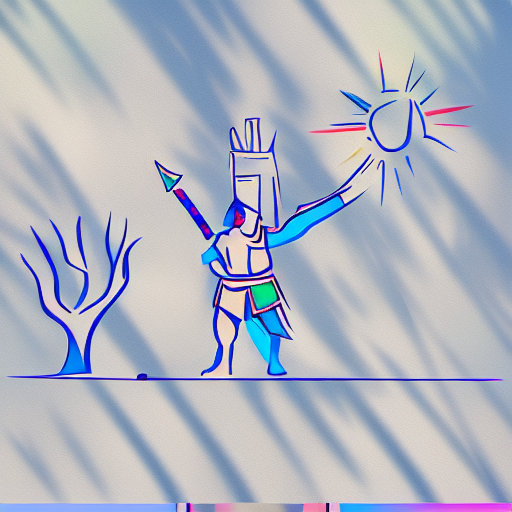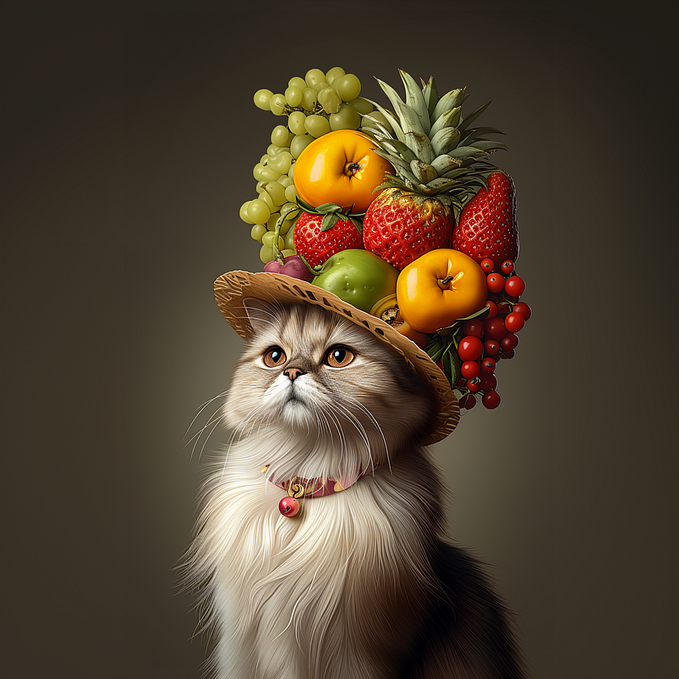AI Art, Artists and NFTs
Few days ago, Getty Images banned all AI art on its platform due to copyright worries. Many artists are concerned about the impact AI Art will have on their carriers and their intellectual property. So I decided to get myself an AI Art Engine running to see what this is all about.
I set out to install Stable Diffusion with Gradio and give it a spin.
The open-source release of Stable Diffusion (And its rather notorious cousin Unstable Diffusion) was initially trained using a non curated dataset of 400 Million images scraped off the Web. The latest version of LAION dataset contains mind blowing 5.85 Billion images from the Web. This includes all the art related websites, online art galleries, social media, museum, works by great masters and library websites and every other imaginable-image available on the web.
(Read More — https://laion.ai/blog/laion-5b/)
While this is a massive achievement for AI/ML, it sure is an even bigger concern for artists. One of the most common used prompts to generate art is in the style of artist Greg Rutkowski. His amazing work in many computer games has made him a star in the AI Art community. Artist “Style” database in SD contains around 1800 artists and you can simply create an image using any of these artists’ styles. For example, “soldier in battle Greg Rutkowski style” , “soldier in battle Picasso style”, “soldier in battle Makoto Shinkai” and “soldier in battle Frederick McCubbin” these prompts generated completely different images that is supposed to be in the style of these artists. Rather impressive!




It is possible for developers to build easy to use frontends that use SD as the AI Engine. The biggest concern for artists should be the possibility of hundreds of thousands of images with their name in metadata flooding on the web. Right now, if you search for an artist, chances are, most of the results you find for images are directly connected to the works of that artists. However, if you search for our star Greg Rutkowski, you will find his works as well as hundreds of AI generated works based on his style with his name in Metadata.
When all this AI art starts to flood NFT Marketplaces, there will be even more confusion to what is what who did what. Last year, OpenSea said that around 80% of art on their platform are either forgeries or copies. With these latest tools, chances are these numbers will grow even more.
Art is one of the areas that has been left out by Tech for a very long time. The biggest disruption in the Art world since caveman drawings was the Online Shop back in Web2 days. With the rise of Web3, we are seeing novel models for digital distribution, monetization and rights management. With AI, we see brand new ways to create art. However, not much tech is out there to authenticate and validate art. About time Artists get cutting edge tools to authenticate origin of their works.
P.S. If anyone wants to try out AI Art, I have a test instance of SD running and you can give it a go!
NB: Try refreshing the page if nothing happens.
You can enter some text in the text box and click Generate and when the progress bat hits 100% scroll down to see the image. You can use the slider CFG Scale to control how close you want the AI to stick to your prompt or full creative license!
Example prompts:
photo of a puppy on a pier on the lake near mountains on a sunny day
busy streets in the night cinematic lighting
16th century galleon
A digital illustration of a steampunk library with clockwork machines, 4k, detailed, trending in artstation, fantasy vivid colors
You can find a good guide for “Prompt Engineering” here:
https://strikingloo.github.io/stable-diffusion-vs-dalle-2
Another super interesting feature in SD is the ability to feed a sketch and ask the AI to generate what you want. I had a quick go at this and the result was quite amazing, could even be called black magic!













